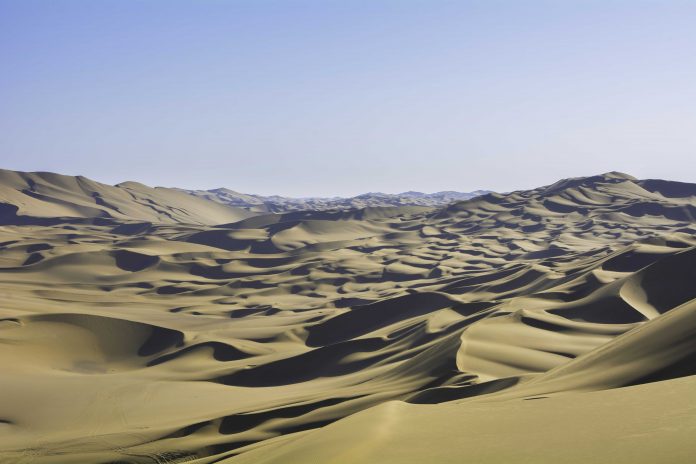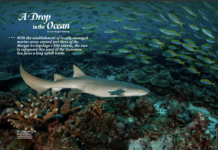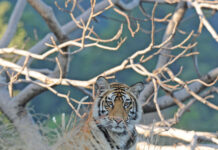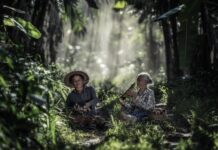
by Professor Alon Tal
When the United Nations and the World Bank brought together the best minds in ecology from around the world to assess the state of the planet in the Millennium Ecosystem Assessment (2001–2005), they reached a surprising conclusion. Desertification or the loss of productivity on 10 to 20 percent of the world’s dry lands affects more people than any other global environmental scourge.
With six to 12 million square kilometres of the planet already degraded, chronic land erosion and soil deterioration produce famine, poverty and considerable human misery, especially in Africa and Asia. The grim statistics and discoursing trends are particularly regrettable because few global challenges can be as easily resolved with existing technologies. Israel’s experience, especially in planting forest on semi-arid lands, suggests that soils in desert regions can quickly regenerate and that trend need not be destiny.
Upon independence in 1948, Israel began an aggressive programme of afforestation. Some 98 percent of the original woodlands had been wiped out over the millennia, with massive losses of topsoil, seasonal flooding and reduced fertility. Conventional knowledge suggested that it was impossible to plant trees in dry lands with less than 400 millimetres of rain. Yet, in Israel’s Negev desert – previously written off as “wasteland” – the trial and error that produced new forestry methods has changed the face of large areas of land with as little as 270 millimetres precipitation.
Yatir Forest, the largest planted forest in Israel, is a case in point. With only 275 millimetres of rain on average, the soil carbon content in the woods nonetheless doubled during the first 35 years of the forest’s existence. Measured nutrient levels show dramatic increases, and the moisture in the swales is one-fifth higher than that of adjacent lands.
Check out the rest of this article in Asian Geographic No.109 Issue 1/2015 here or download a digital copy here










